https://www.youtube.com/look at?v=Perqf0dOGLk
Matt, of YouTube’s Diy Benefits, has his very own suggestions to go the time with quarantine. That’s to say, he created an invisible Computer system. Nicely, he made a desk with an interior that stows absent a entirely-operative hardware system for desktop desktops. The outer shell of his invisible Personal computer is made up of two main resources: hardwood and aluminum sheeting. Matt utilised two sheets of aluminum to give his desk construction due to the fact they are considerably less than 50 percent the thickness of wooden supplies and can make a bend-absolutely free structure. In get to reach this, Matt put wooden beams together the perimeter of just one of the two sheets of aluminum, drilled pilot holes, into which he inserted machine screws for a secure attachment. With the insertion of wood beams together the perimeter, the desk has an inside area with a top of 44 millimeters, which is just ample to comprise the factors necessary for Computer system procedure, AKA the nitty-gritty components enterprise.
Inside the belly of the beast, an interior peak of 44 mm lets space to household a electricity offer, cooling process, graphics card, and motherboard. Considering the fact that common ATX electrical power offer units are way too massive to in shape in just a height of 44 mm, Matt used a 1U electricity source. The motherboard, MSI Tomahawk comes with its individual long checklist of specifications. Furthermore, Matt mounted a CPU and its cooler, Noctua NHL9X65, to the motherboard in advance of mounting it. His answer for an inside cooling process was favourable strain, which occurs when 40 miniature supporters blow air into limitations of plastic strips, which tutorial that airflow to the Pc heatsinks.
Normally, a graphics card receives mounted directly into convey slots on a motherboard, but considering the fact that Matt wanted to remain in just the 44 mm height parameters, he decided to lay his graphics card, RTX 2070, horizontally and adjacent to the PC’s motherboard, applying an extension cable to hook up the two pieces of hardware. Considering that powerful graphics cards are rather thick, with the followers mounting very well previously mentioned the allotted 44 mm headspace, Matt unscrewed his graphics card’s supporter and shroud so that he was only still left with a bare heatsink. And lastly, he extra a system for the difficult drives or SSDs and built it so that they can easily be taken off and replaced, which can be accessed from beneath the desk. The only internal components that was too tall to fit inside of the 44mm top was the motherboard, for which Matt carved an aluminum cutout. This makes it possible for Matt to very easily obtain the motherboard for future hardware updates or upgrades.
With quarantine holding me inside my tiny condominium, Do-it-yourself dwelling jobs have crammed up some time and channeled some pent-up creativity, but we all have our boundaries. When I was active constructing picket photograph frames and very simple chests, Matt made a desk that hides an overall Computer functioning method, which keeps wires arranged and your doing the job surface thoroughly clean, an remarkable feat for the non-designer. While the urgency or want for a layout like this isn’t notably potent, Matt managed to develop a desktop perfect for active offices or speaking activities that require tidy displays. Following suit and developing my have invisible Pc is tempting as his development method was insightful, but for the time being, I consider I’ll adhere to my simple hinge chests and leave all the components organization for the industry experts.
Designer: Matthew Benefits
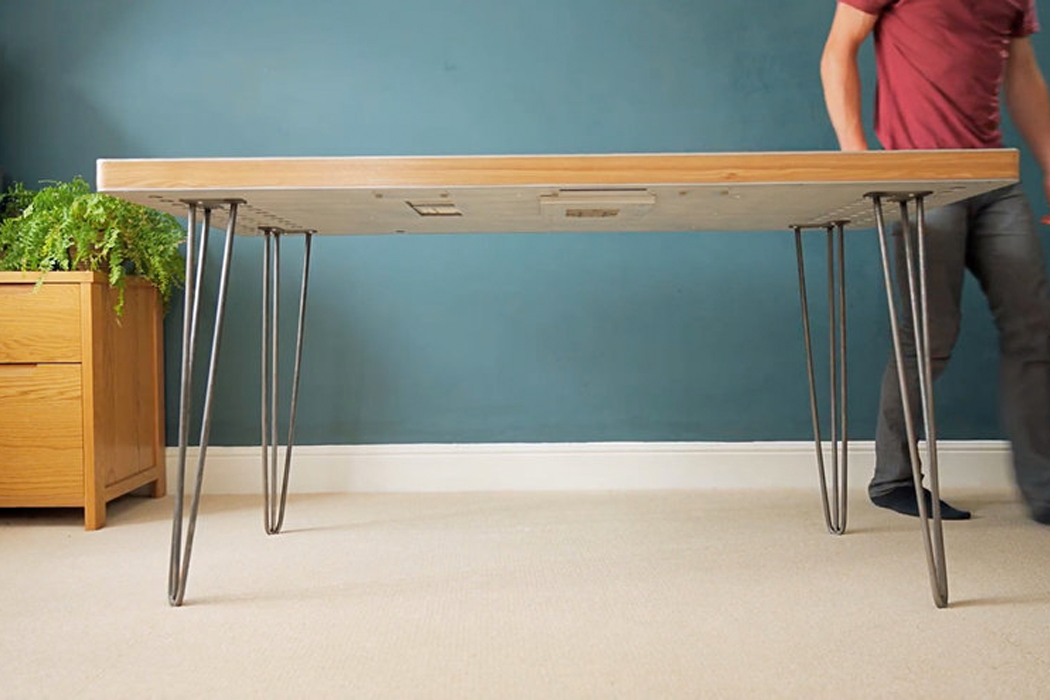
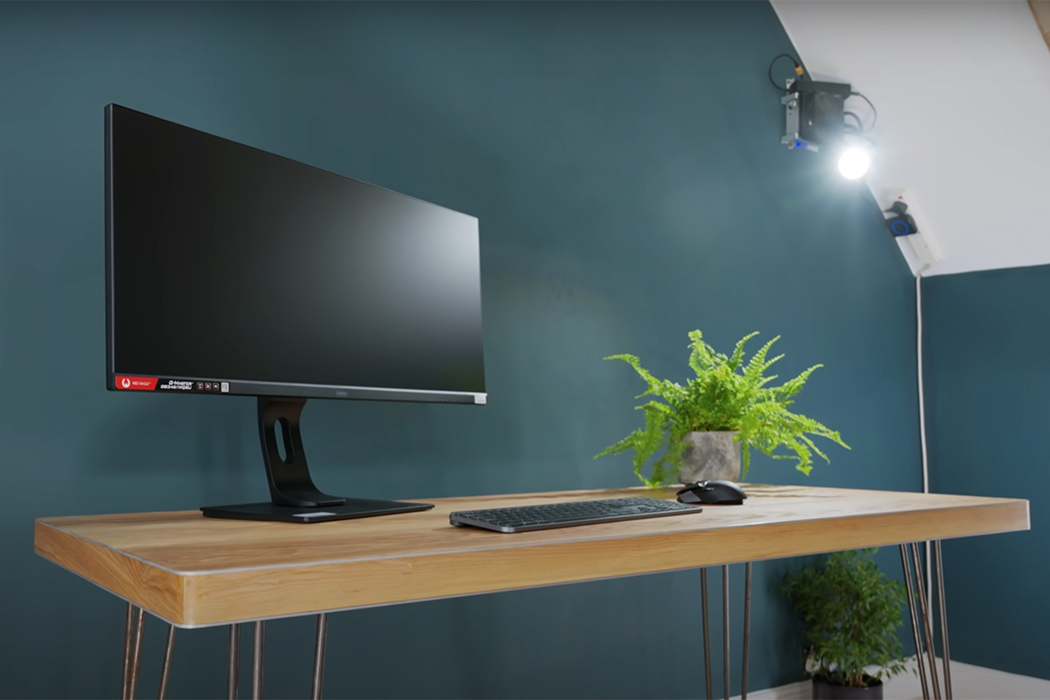
Precisely, Matt used a 500w Seasonic L1U unit, which is a good deal quieter in comparison to other industrial level electric power materials.
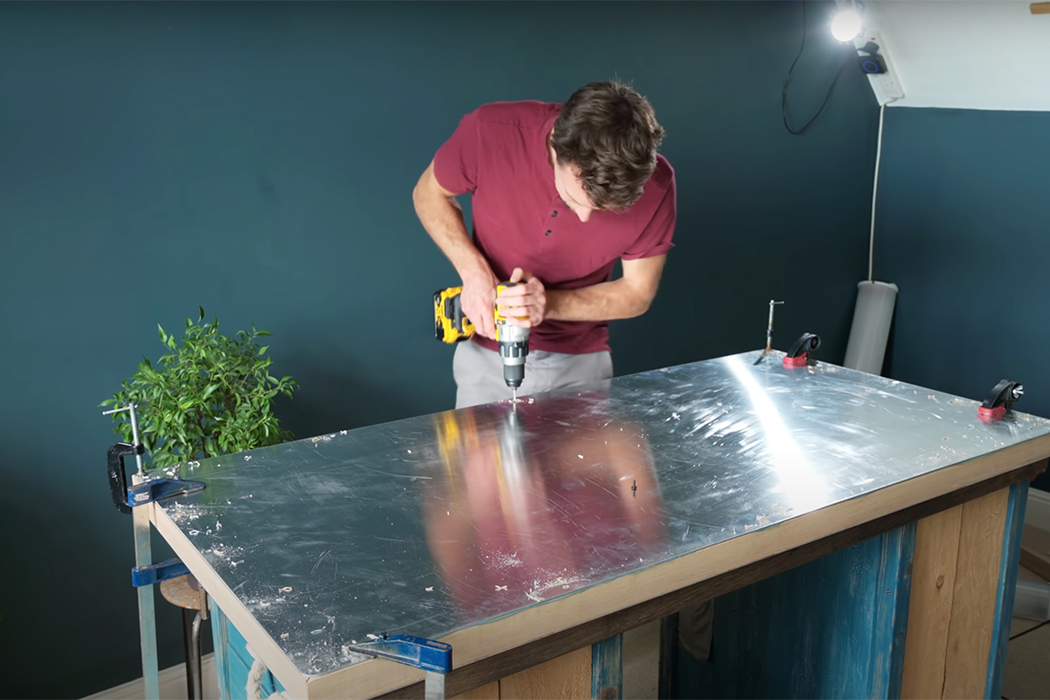
With all of his components parts laid out, Matt then drilled mounting point holes to fasten just about every aspect to the aluminum.
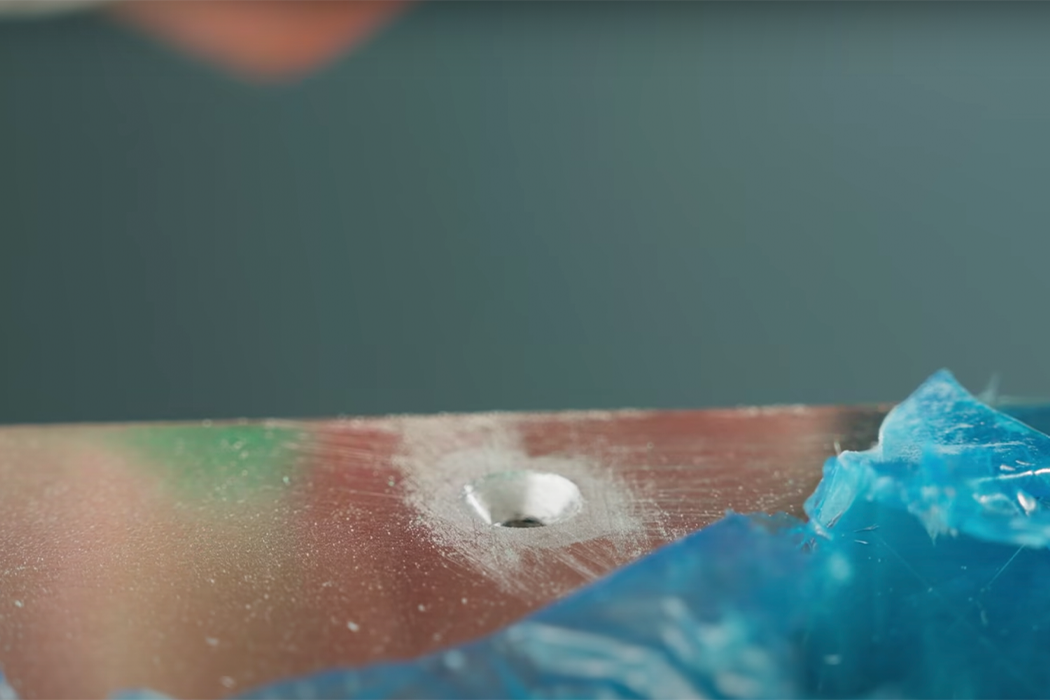
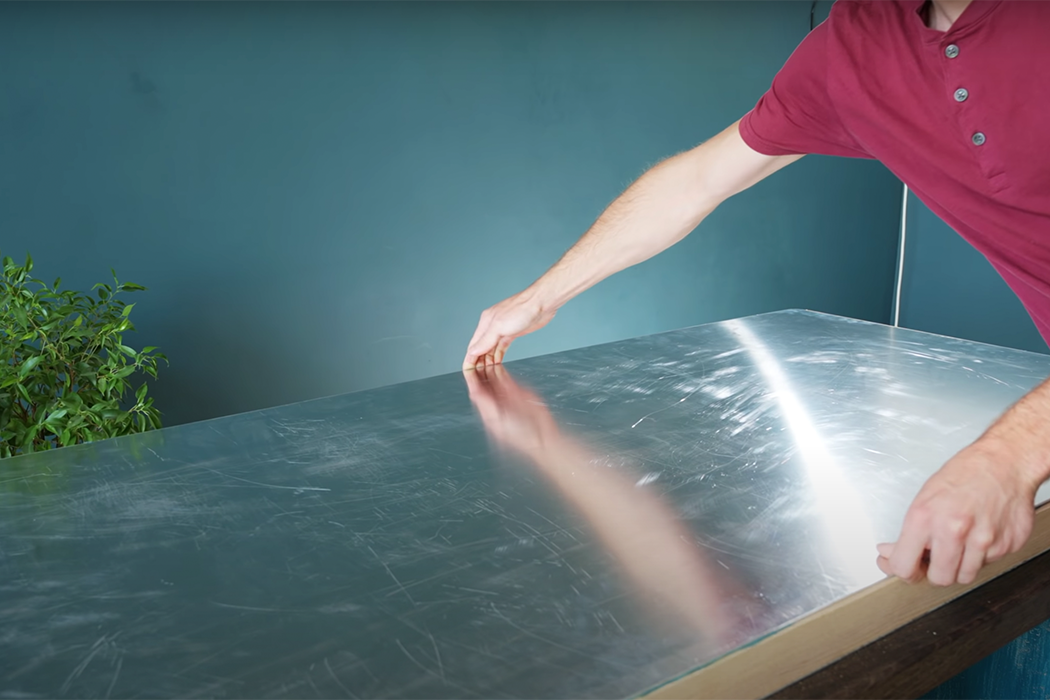
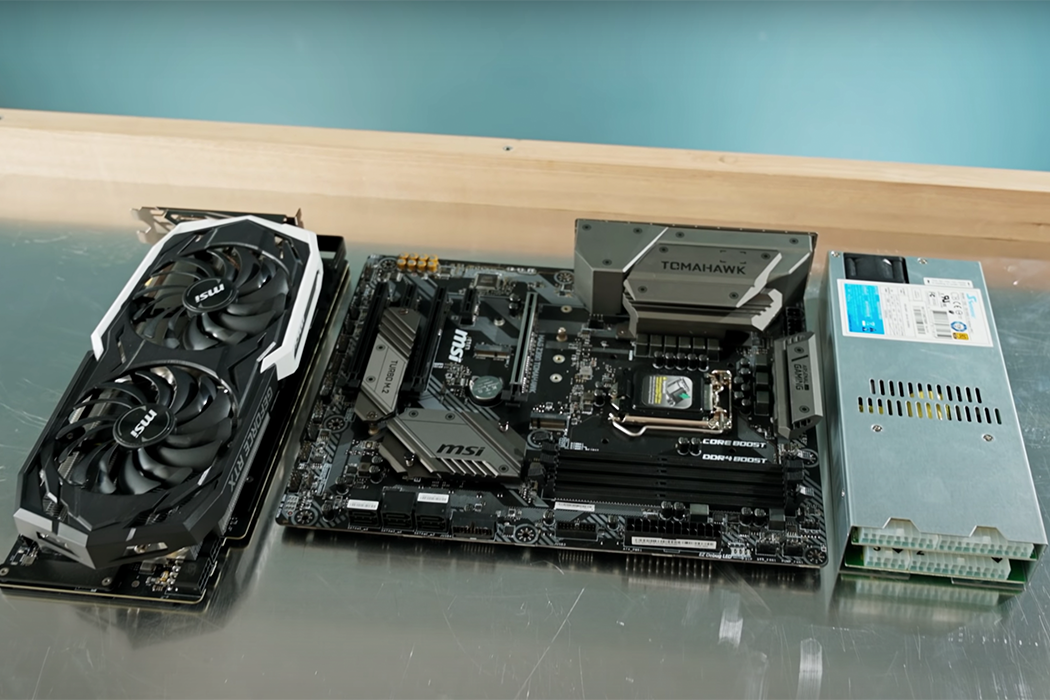
Talking on the desk’s internal cooling process, Matt suggests, “Fans on the CPU side, for instance, thrust air into [the PC’s] central region and the only way [hot air] can escape is both by way of the CPU’s heatsink or a minor little bit by the PSU.”
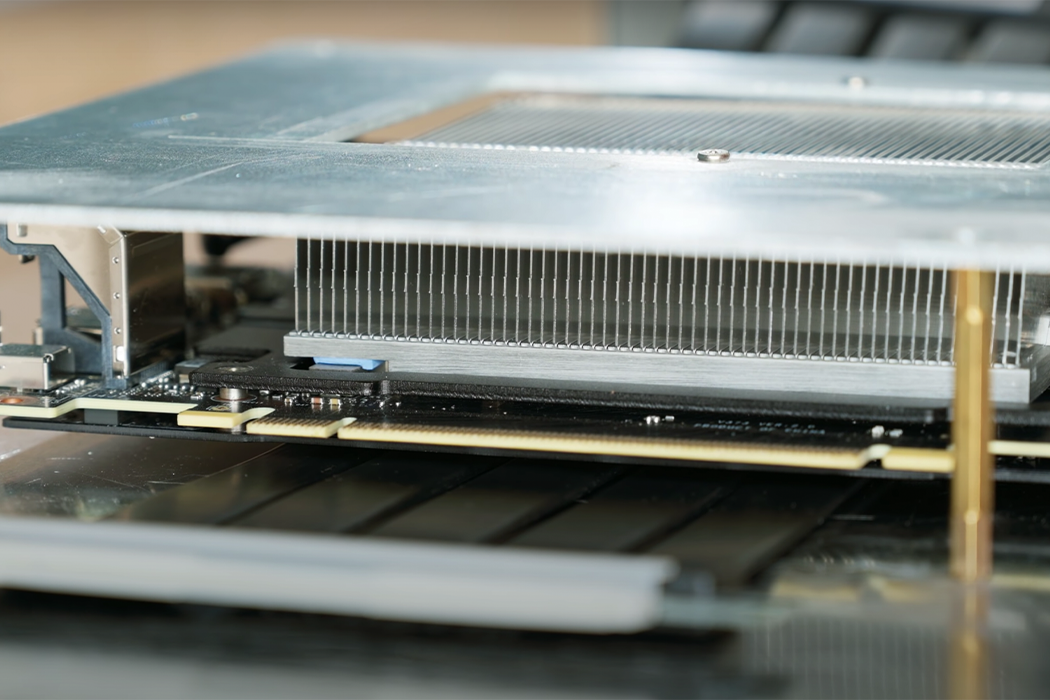
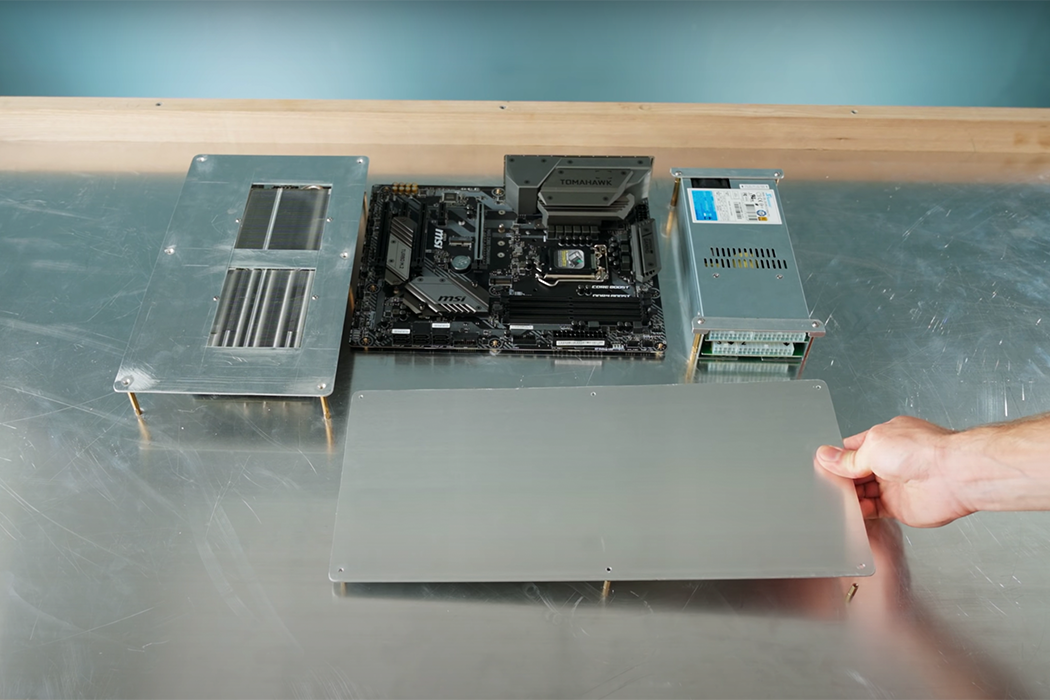
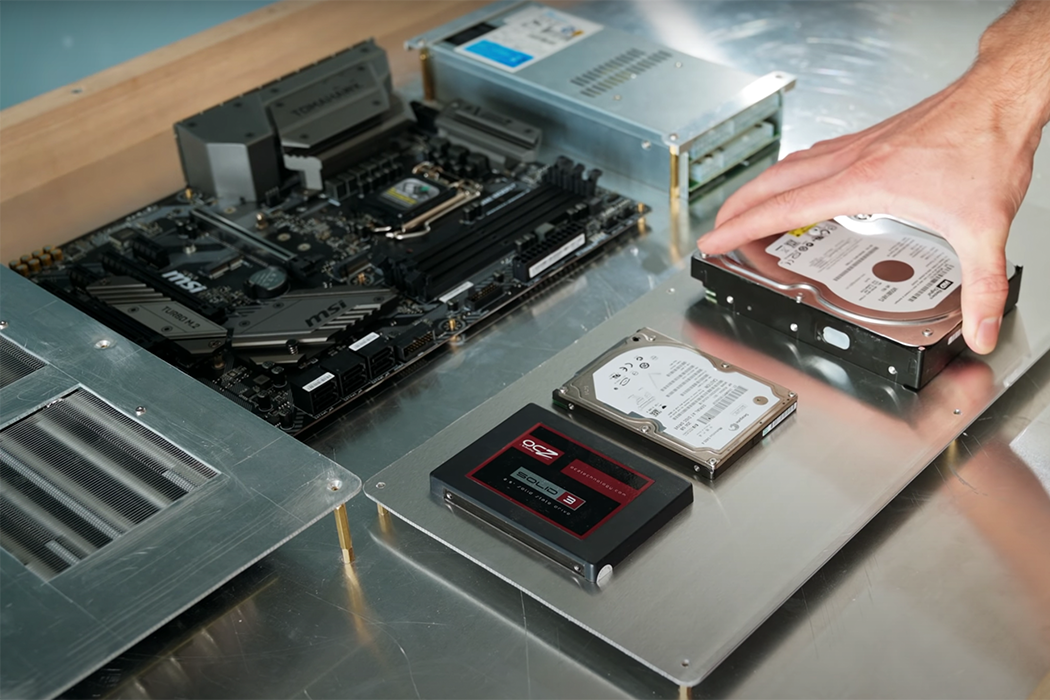
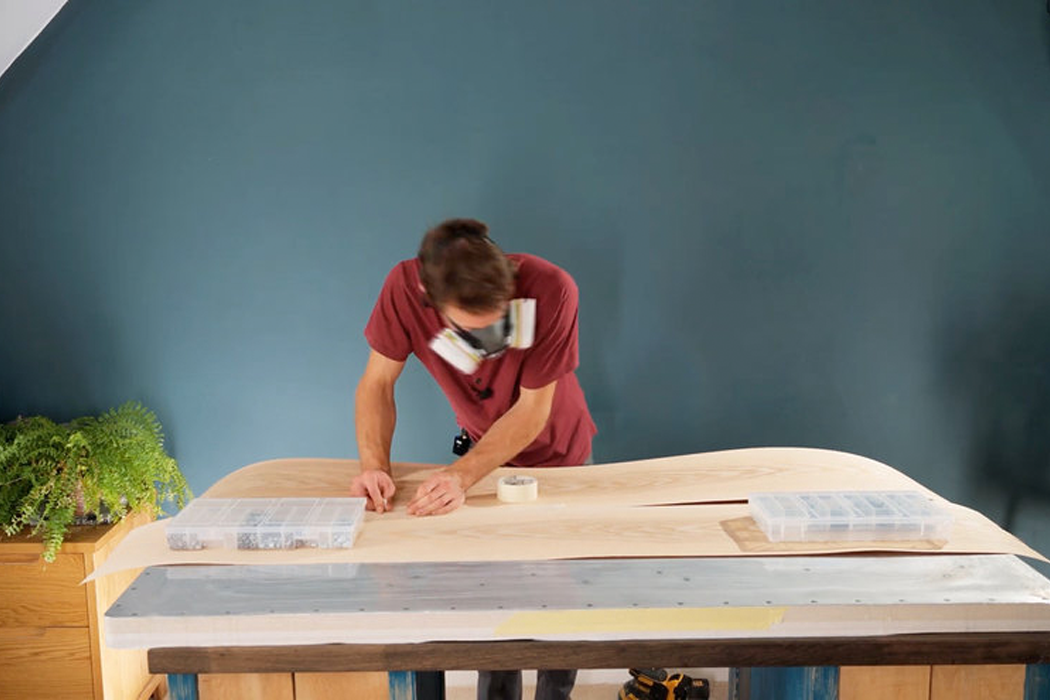
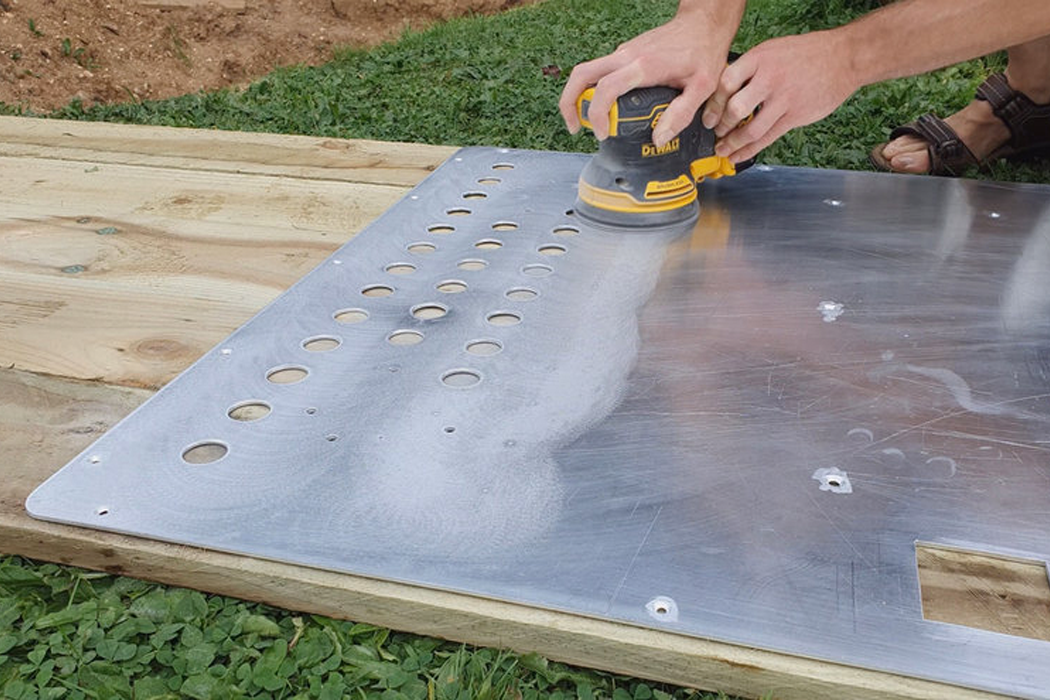
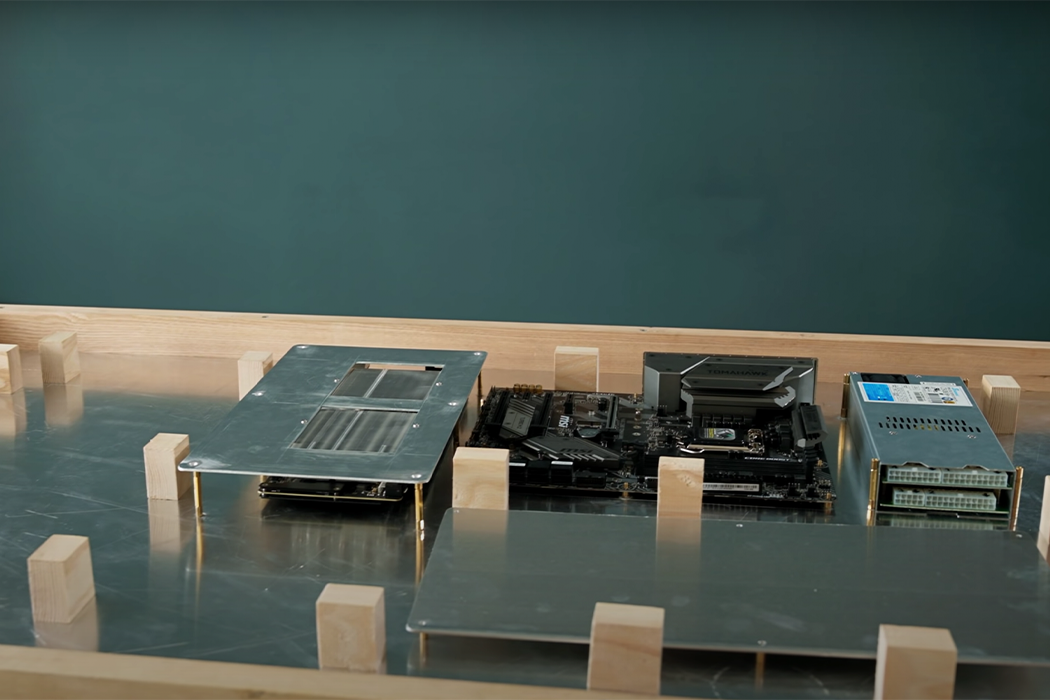
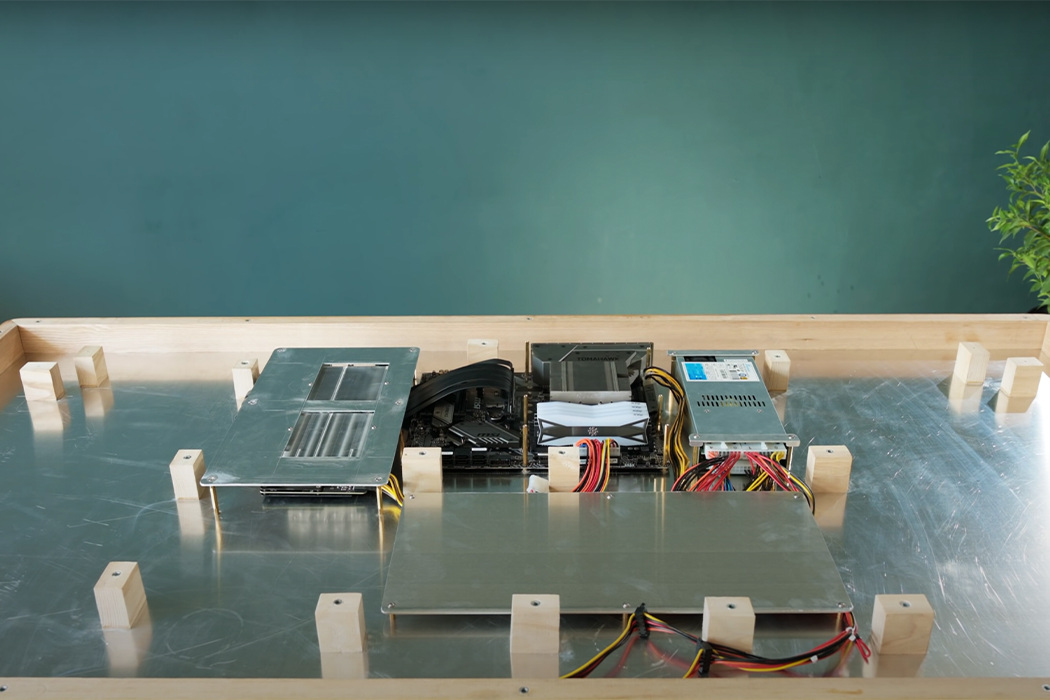
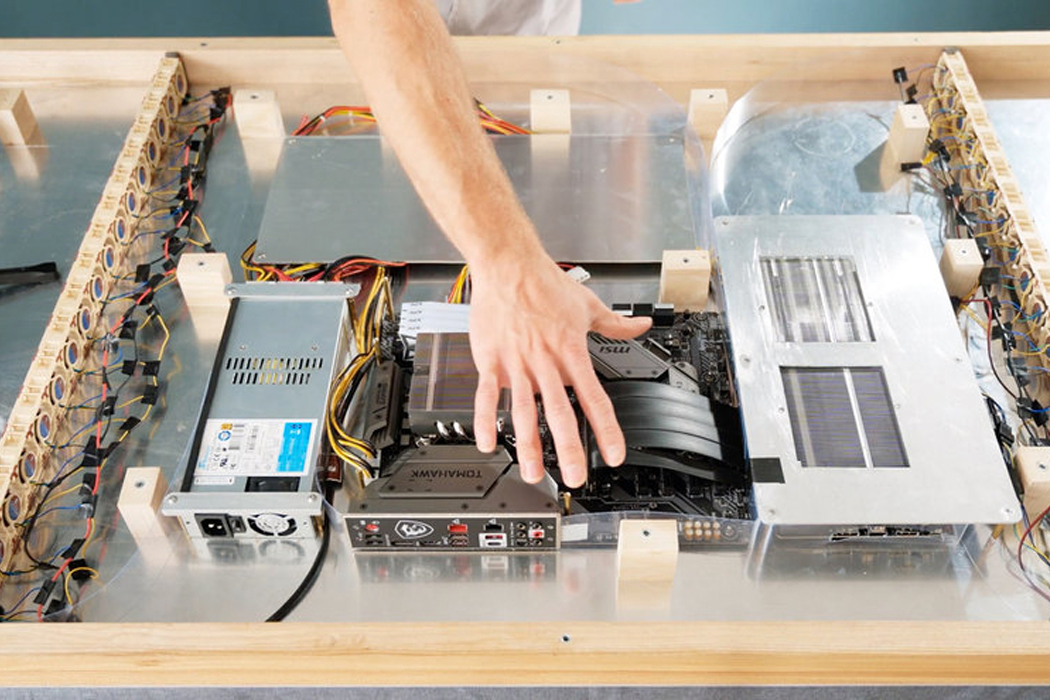
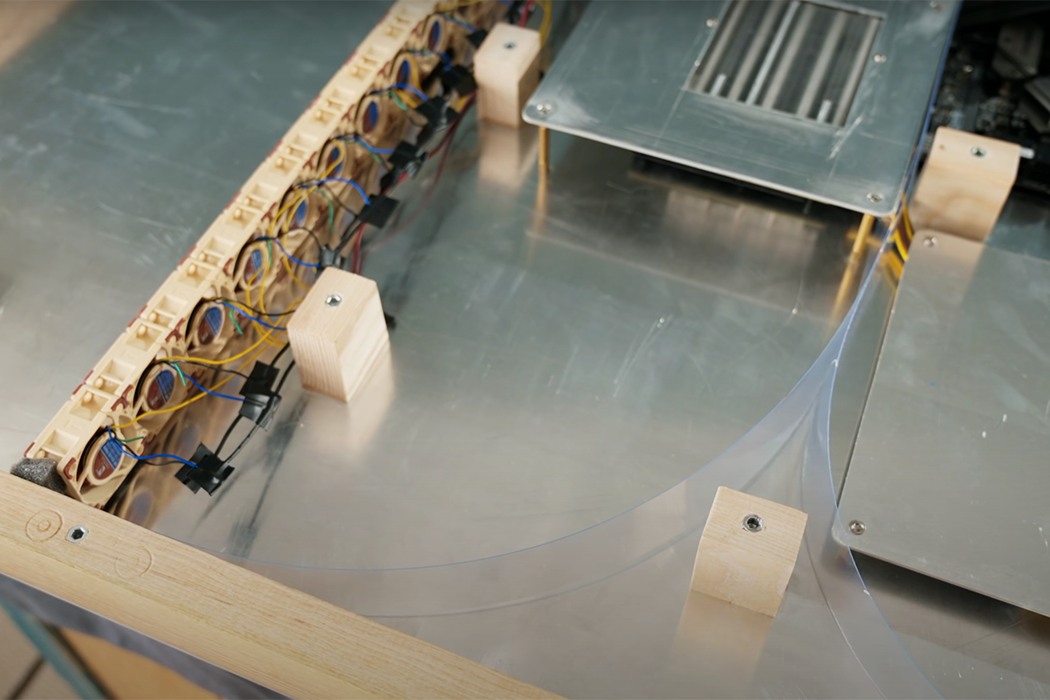
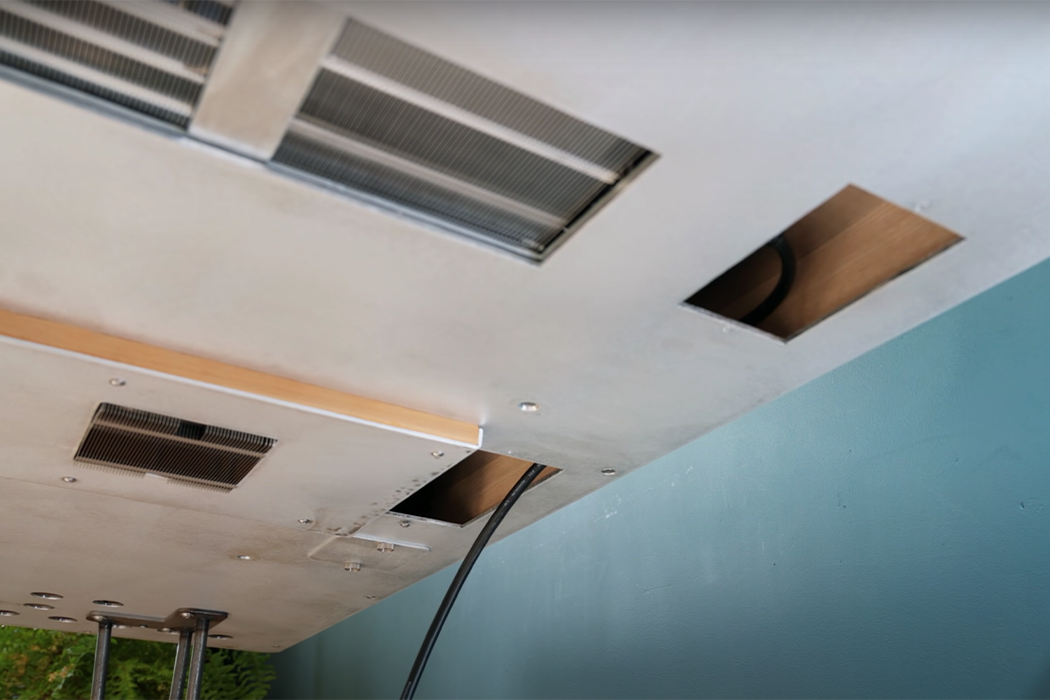
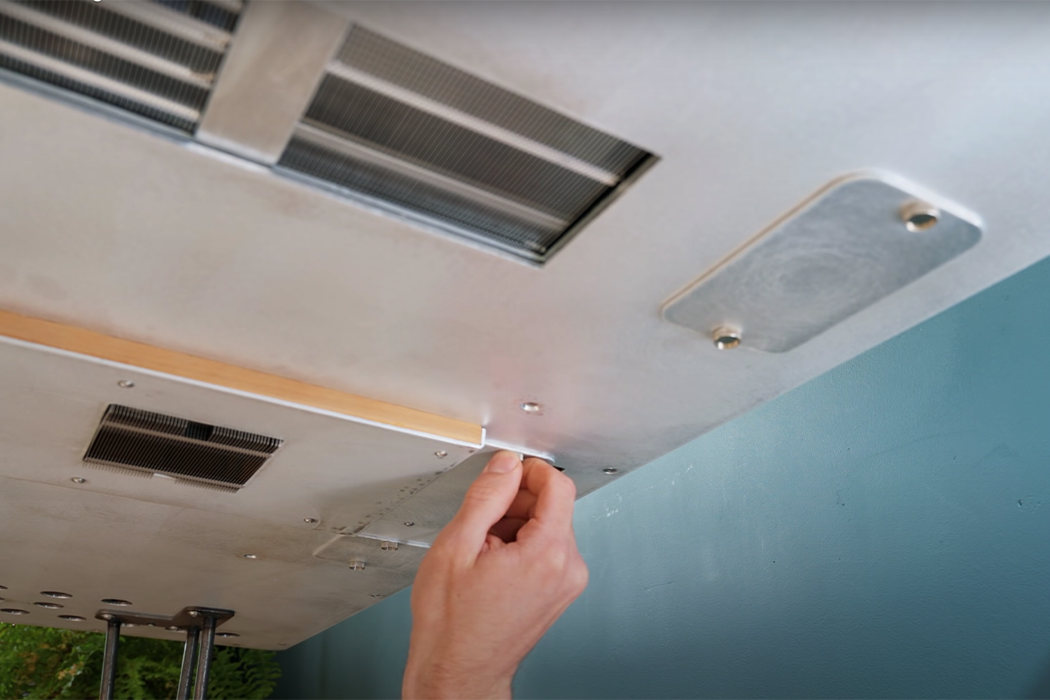
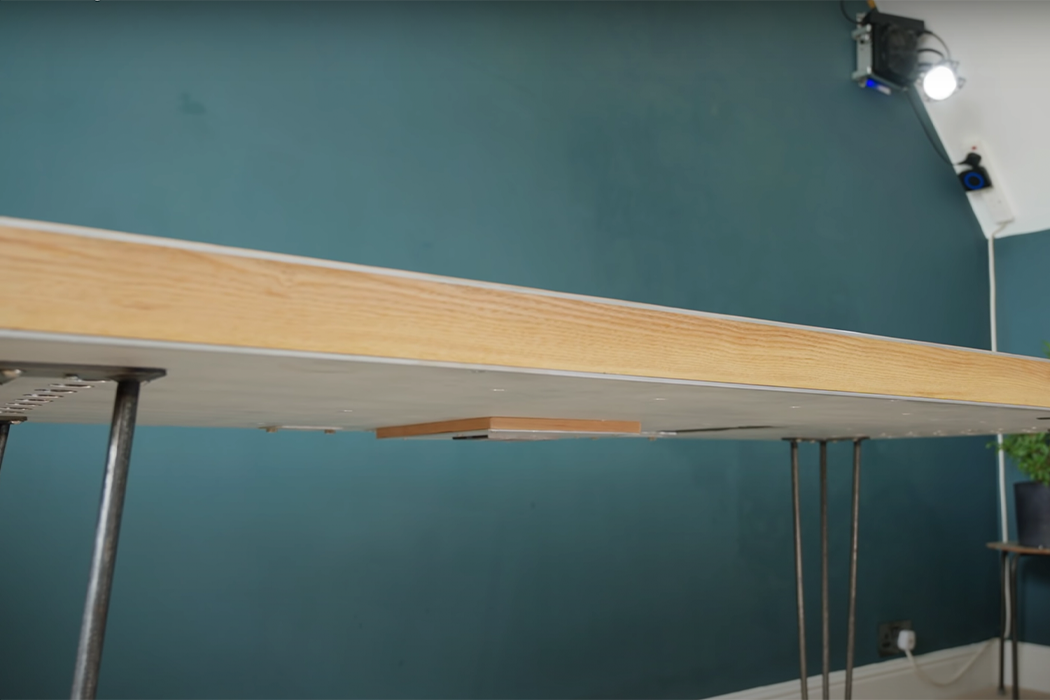





More Stories
Here’s how you can reduce your carbon footprint at home
10 Popular Interior Design Styles to Know When Furnishing Your Home | Architectural Digest
Meet the Rising Stars of Dubai’s Eclectic Interior Design Scene